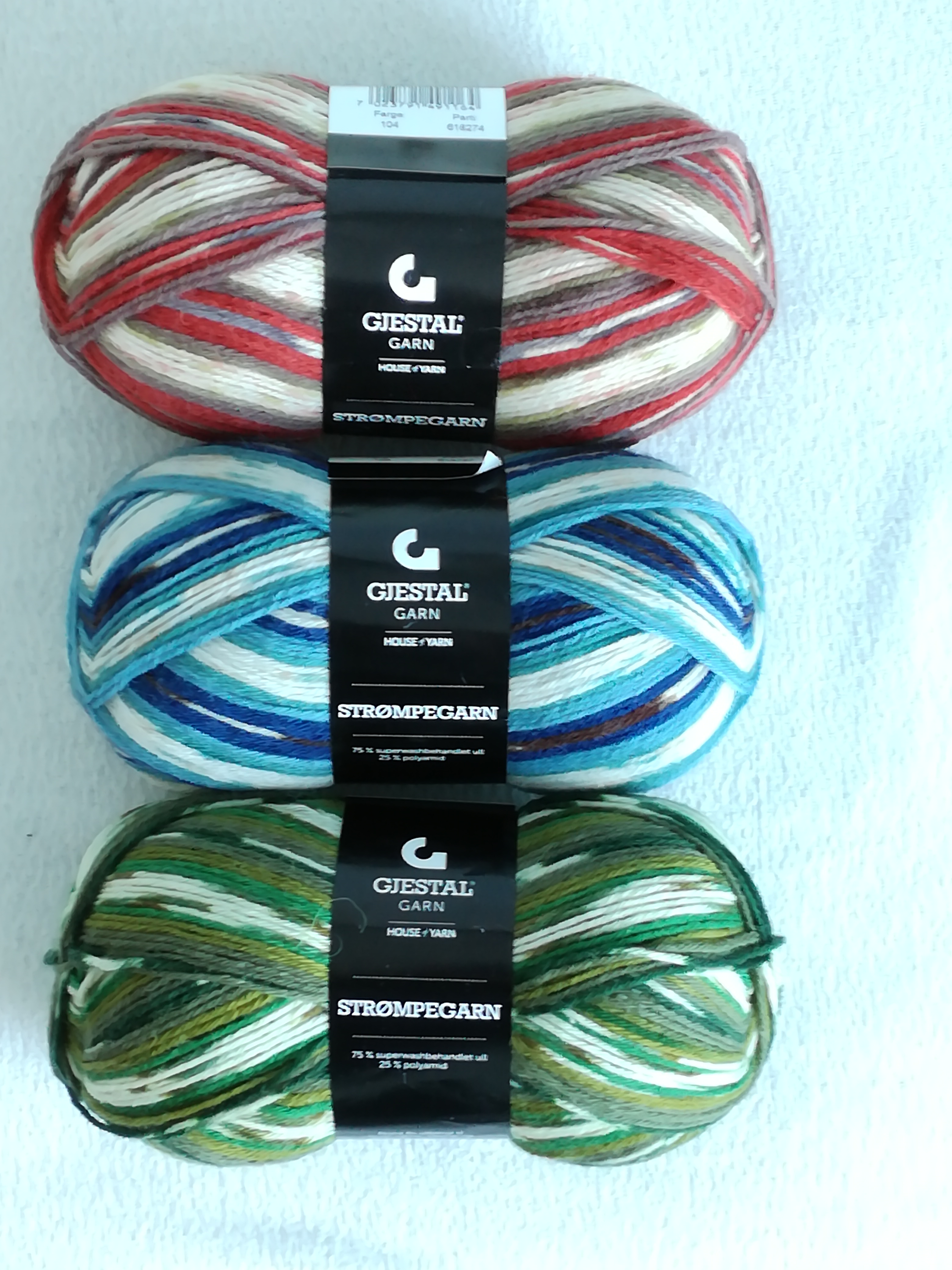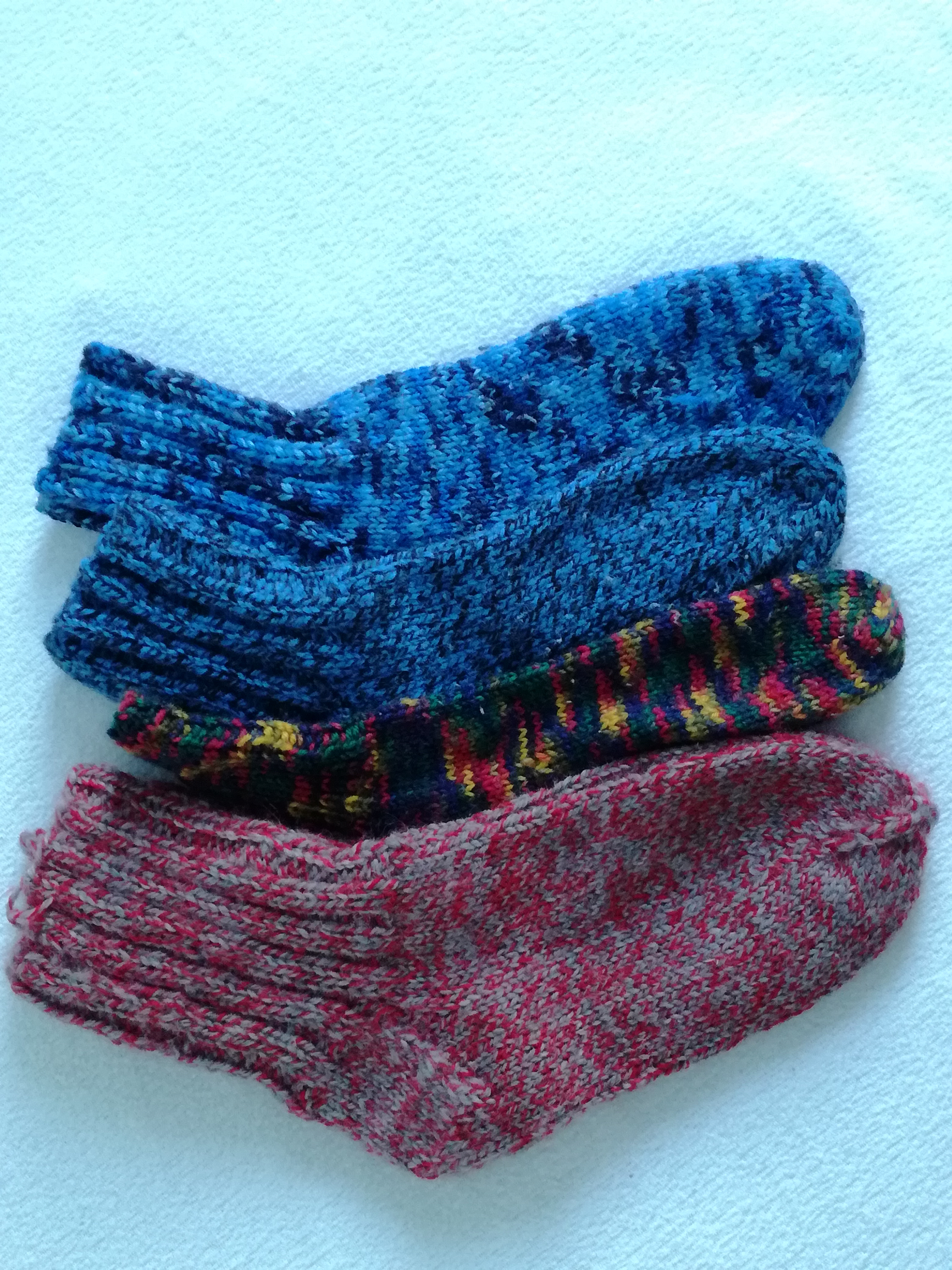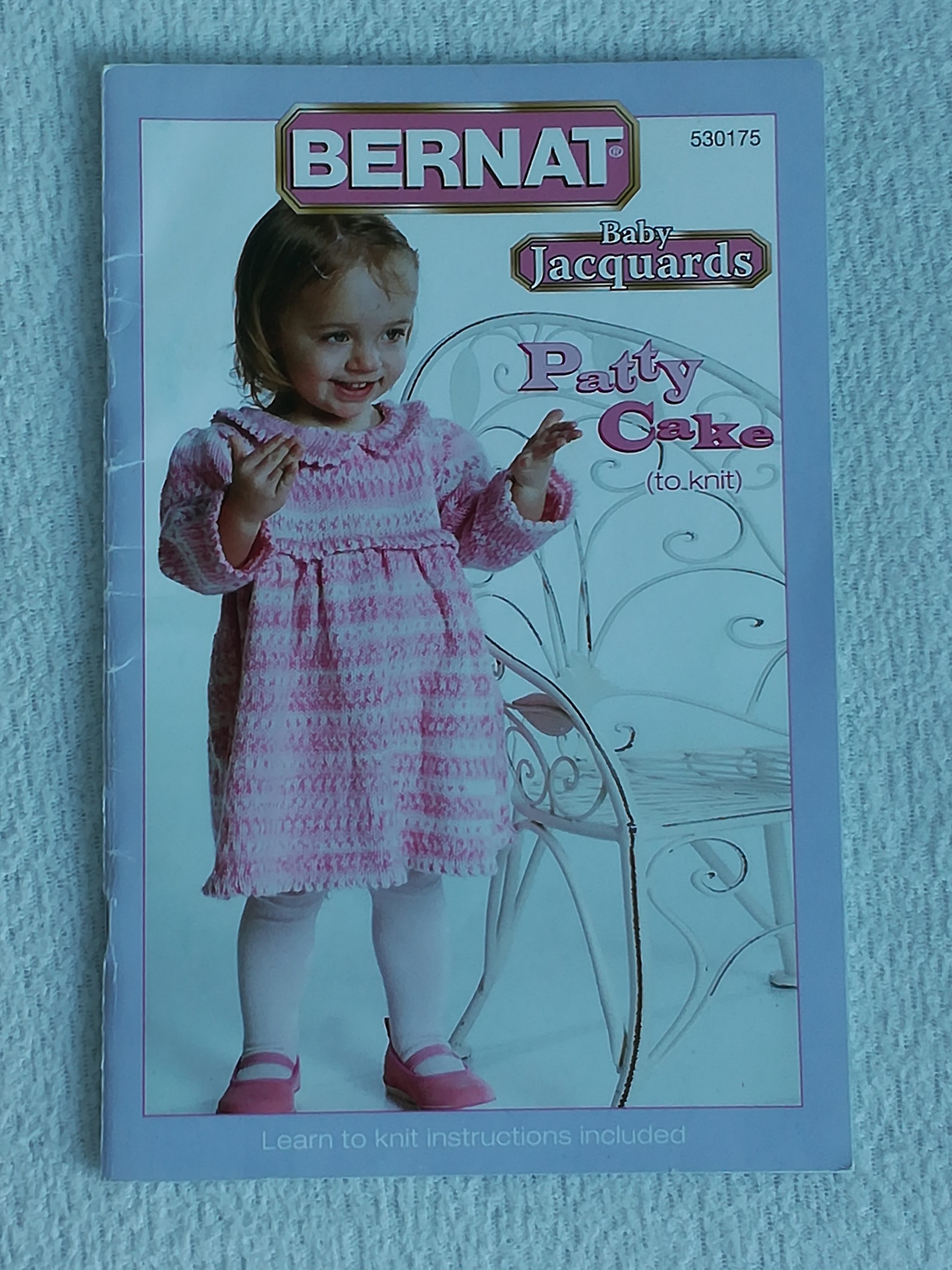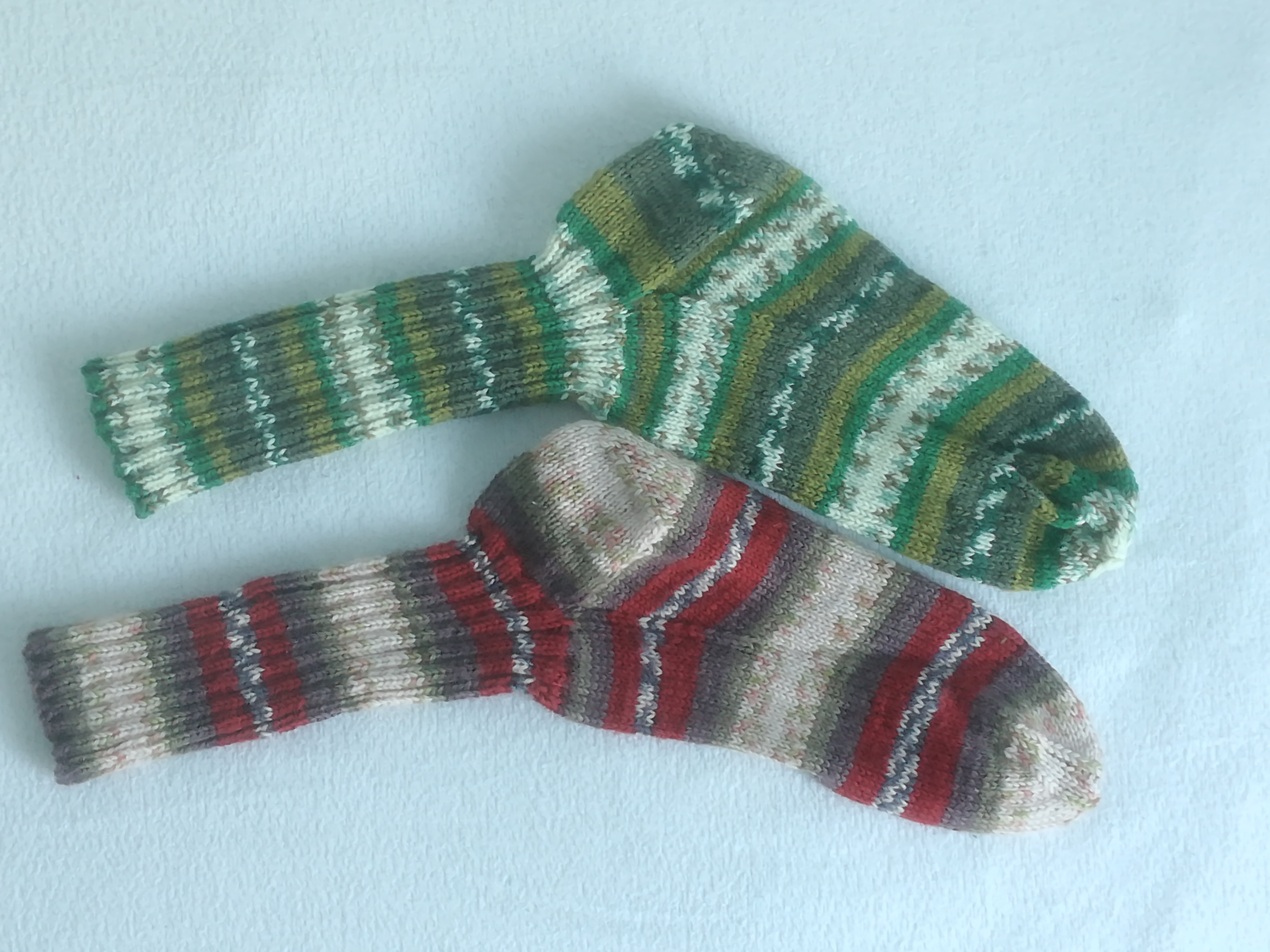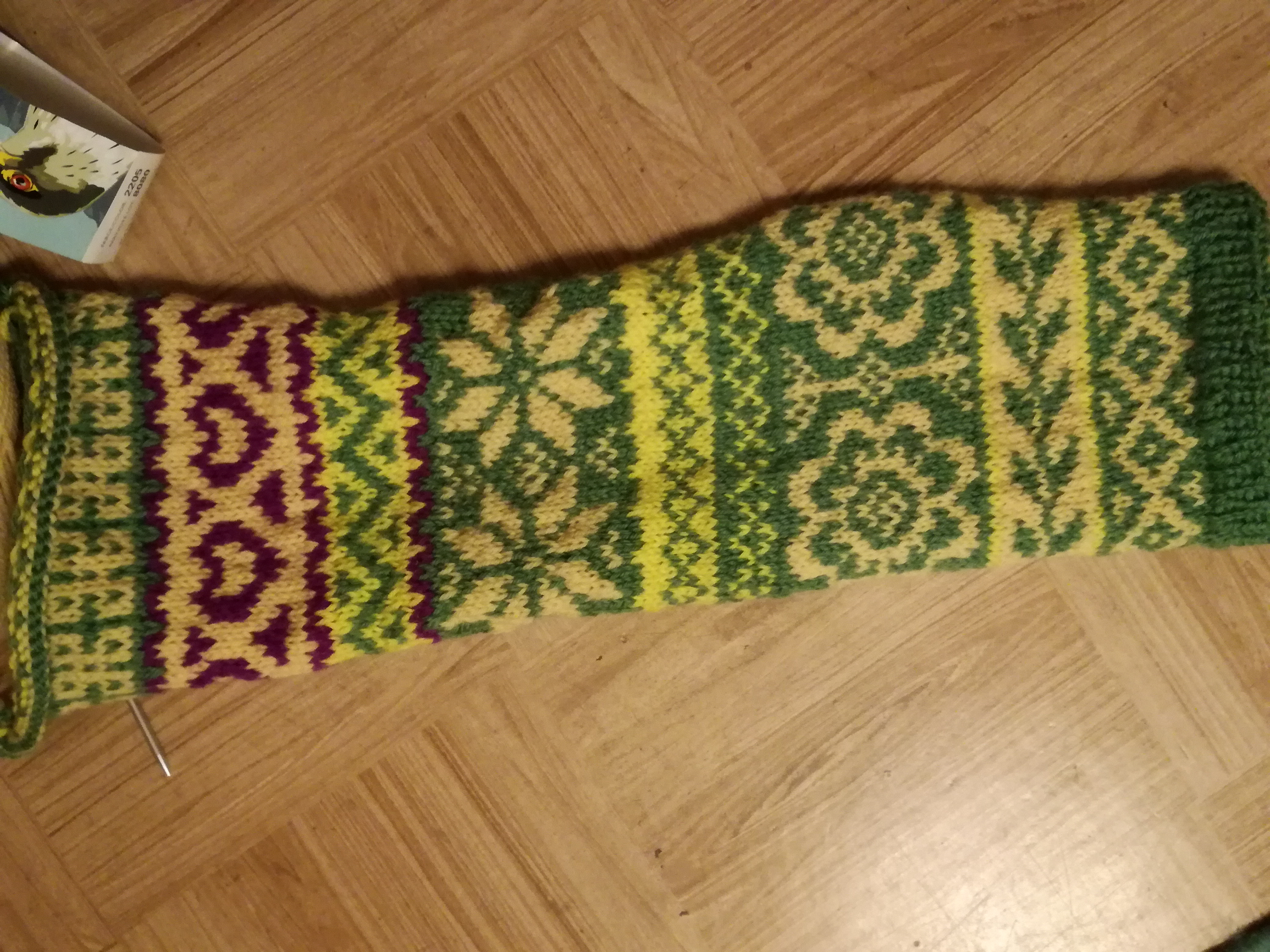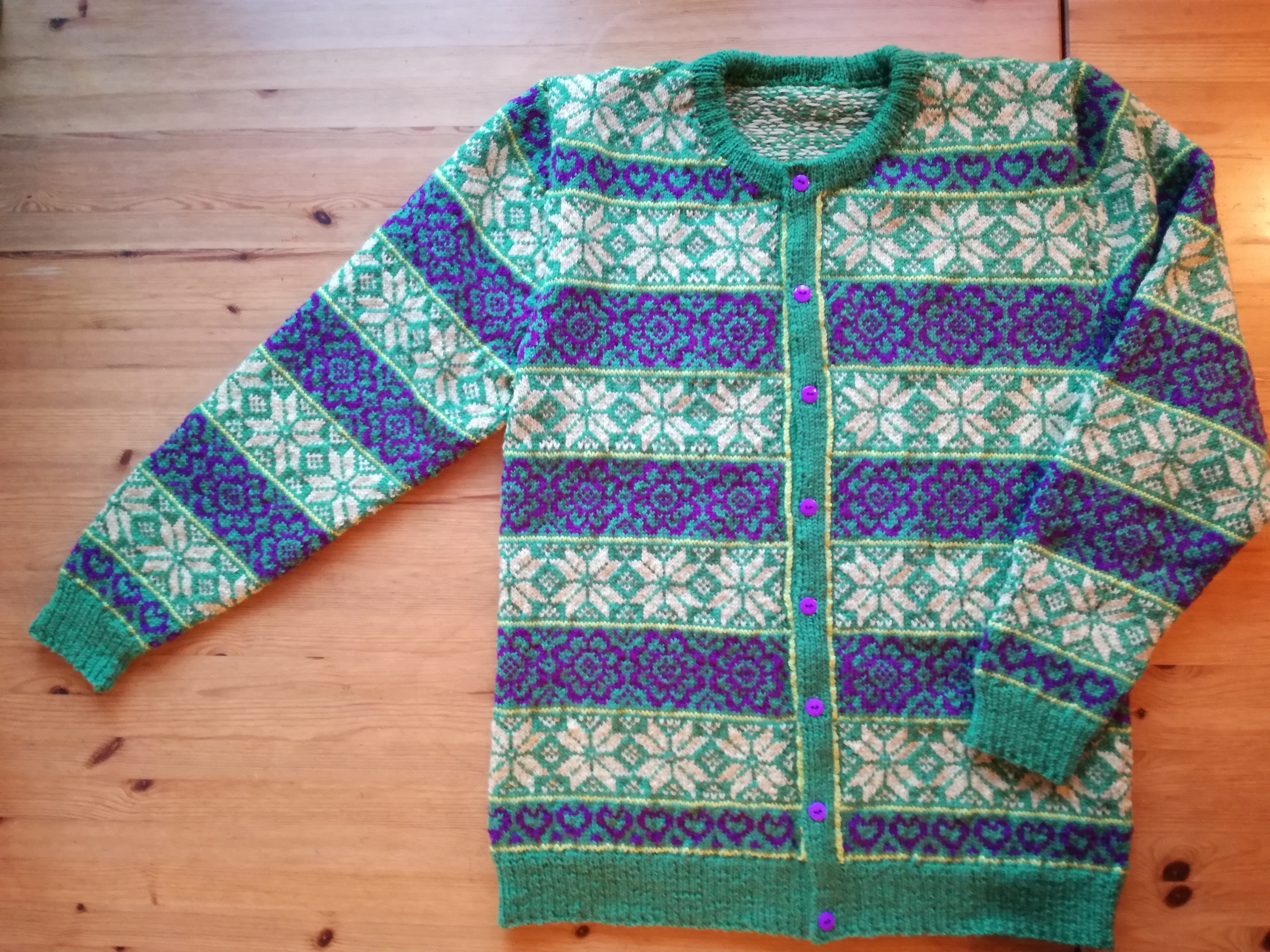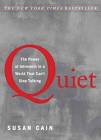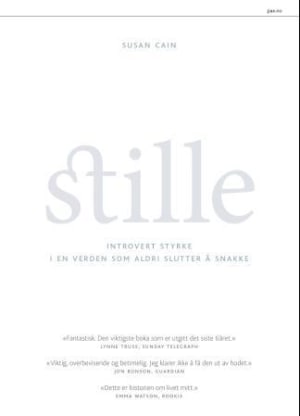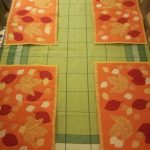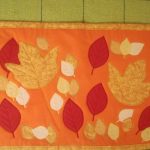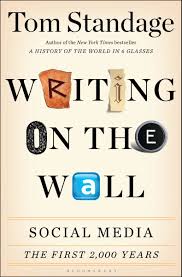by Ross W. Greene, Scribner, New York, 2016
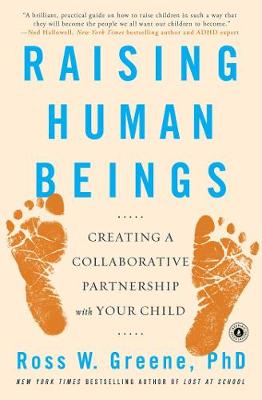
Whether you are a parent and have a child you are raising or just looking for a way to work with other adults, the ideas in this book will give you a technique for promoting collaboration to find a solution to a problem.
“The most crucial task of your child’s development is to figure out who she is — her skills, preferences, beliefs, values, personality traits, goals and direction — get comfortable with it, and then pursue and live a life that is congruent with it.” (p. 161)
A parent’s job is to help a child grow and develop. We teach our children based on our own set of values, but what do we do when the child has problems with our expectations, or for that matter his/her own expectations of what she/he should be able to do? This is where a parent needs to step in and help the child.
Two of the basic principles, according to Greene, are that “kids do well if they can” and that “doing well is preferable”. So if a child (or perhaps a friend or colleague) is not doing well, don’t blame it on laziness or lack of motivation, but dig deeper to find out which skills are missing for the person to be able to get the job done.
The method that Greene recommends has three steps to helping children grow through managing difficulties:
- Showing empathy for the person or child you want to help by listening to what their concerns are and their point of view on the problem
- The adult also has to express their concerns and point of view as these must be considered too.
- Then the child and the adult need to work together to come up with realistic and mutually satisfactory solutions. This is collaboration.
The author has a lot of good examples, both of good and poor dialogues between adults and children of various ages.
I wish I had had this book when my children were younger. Too often as a parent or a teacher I came up with a “solution” to a “problem” that quite often didn’t work at all. We have to be better at working with the person who has the problem, or the incompatibility to expectations, to find solutions that will work for both parties.
Boka som er omtalt her er ikke oversatt til norsk, men om du kan lese engelsk og du har med oppdragelse av barn, enten som forelder eller lærer, er boka anbefalt. Litt om hva boken handler om.
Det er viktig at når et barn ikke klarer en oppgave, enten hjemme eller på skolen, at voksnen lytter til hva barnas oppfatning av problemet er. Veldig ofte vil barna kunne komme med innspill om hva det trenger for å komme seg videre. Den voksen må også fremme sine bekymringer og sammen skal de finne en måte å gå videre. Om problemet ikke løses med en gang, kan det være behov for flere samtaler og forsøk med å løse problemet.
En forelders arbeid er å hjelpe et barn vokse og utvikle seg. Vi underviser våre barn basert på våre egne holdninger og verdier. Men hva skal vi gjøre når et barn har problemer med våre forventninger, eller sine egne forventninger om hva has/hun burde klare? Her er hvor Greene har en metode for en voksen å hjelpe et barn (eller en annen voksen).
To hovedprinsipper som Greene fremmer:
- barn vil gjøre det bra, om de kan
- å gjøre ting bra er å foretrekke
Han er opptatt av at barn ofte behandles feil, med løsninger til problemer fra en voksen som ikke ser på problemet fra barnas synsvinkel. Han har mange eksempler på familier og samtaler, både gode og dårlige. Å si at et barn er lat, eller umotivert, hjelper ikke barna kommer seg videre. Greenes metode har tre trinn for å hjelpe et barn utvikle seg gjennom å håndeter vanskeligheter:
- Den voksen må vise empati for barnet med å lytte til hva barnets synspunktet er.
- Den voksen må også si hva den er bekymret for. Begge sider av saken må tas hensyn til.
- Da må den voksen og barnet arbeide sammen for å komme med en endring som er både realistisk og gjensidig tilfredsstillende. Dette er samarbeid.
Jeg ønsker at jeg hadde hatt denne boka når mine barn var yngre. Alt for ofte som en forelder eller en lærer kom jeg på en “løsning” til et “problem” som ikke fungerte. Vi må være flinkere til å arbeide med den som har et problem slik at løsning fungere for begge parter.
